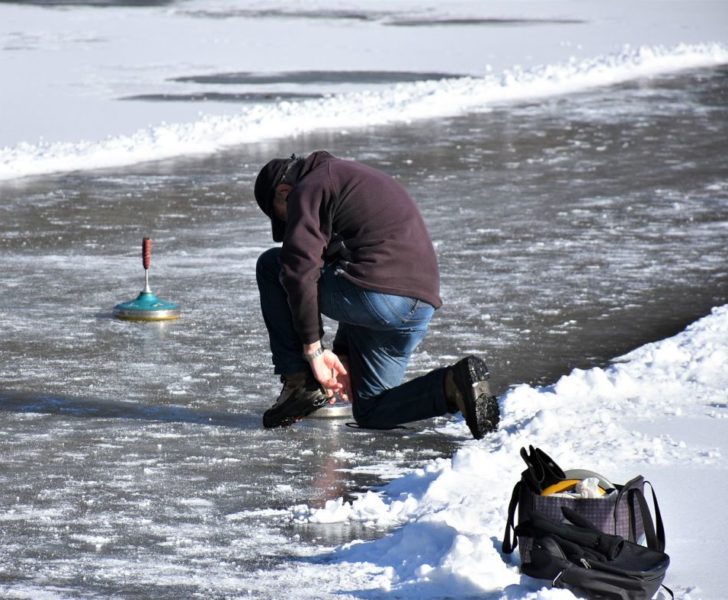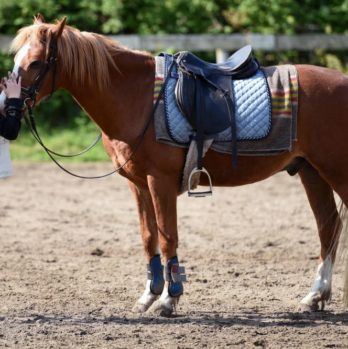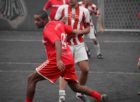Paralympics curling: Enhancing Inclusivity and Competitive Spirit

Introduction:
Paralympics curling, a sport rooted in tradition and strategy, has gained significant popularity since its introduction at the Paralympic Games in 2006. This article aims to provide a comprehensive exploration of paralympics curling, including an in-depth overview, its diverse types, quantitative measurements, variations, and historical analysis of advantages and disadvantages. By examining these aspects, we can appreciate the unique qualities and significance of this sport in promoting inclusivity and athletic excellence.
1. An Overview of Paralympics Curling:

Paralympics curling, an adaptation of the conventional sport, enables athletes with a range of impairments to participate. Played on ice, the sport requires teams of four players and involves sliding stones across a sheet towards a target area known as the ”house.” The objective is to accumulate points by positioning the stones closest to the center. The sport demands physical and mental skills, emphasising precision, communication, and strategic decision-making.
2. Types of Paralympics Curling:
Paralympics curling encompasses various types that cater to athletes with different impairments. These include:
a) Wheelchair Curling: The most prevalent type, wheelchair curling involves athletes with limited lower-body mobility competing from a stationary wheelchair. The players use a delivery stick or release the stone by hand, aided by teammates who sweep to influence stone speed and direction.
b) Standing Curling: Designed for athletes with impairments that do not require them to use a wheelchair, standing curling allows participants to slide on one foot or use modified slide assistive devices. This variant adds a unique dynamic to the sport, as athletes must master balance and stability.
c) Visually Impaired Curling: Tailored for individuals with visual impairments, this variant incorporates adaptive elements such as audio cues and guiding devices to enhance competitiveness. Athletes rely on auditory signals to gauge stone position and receive instructions from sighted guides.
3. Quantitative Measurements in Paralympics Curling:
Quantitative measurements provide an essential foundation for understanding performance and assessing progress in paralympics curling. Key metrics include:
a) Stone Delivery Speed: Measured in meters per second, stone delivery speed plays a crucial role in determining the position and effectiveness of the stone. Athletes strive for consistency and accuracy to optimize their shots.
b) Line of Delivery: The line of delivery refers to the intended path of the stone. Precise measurements enable athletes to evaluate their accuracy and make strategic adjustments to enhance stone positioning.
c) Point Accumulation: Scoring in paralympics curling relies on points accumulated for stones closest to the center of the house. The scoring system allows for strategy and tactical decision-making throughout matches.
4. Differences in Paralympics Curling:
Different types of paralympics curling exhibit nuanced variations that contribute to the overall diversity and strategy of the sport. These disparities include:
a) Equipment: Wheelchair curling employs specially designed stones with handles, while standing curling sticks and modified sliding devices enable athletes to execute shots. Visually impaired curling encompasses audio cues and guiding devices to facilitate gameplay.
b) Shot Execution: Athletes in wheelchair curling predominantly use the delivery stick for releasing stones, whereas standing curling involves sliding on one foot or with assistance. Visually impaired curling necessitates communication and coordinated teamwork for accurate stone delivery.
c) Physical Demands: The physical demands vary among the different types of paralympics curling. Wheelchair curling relies heavily on upper-body strength and balance, while standing curling focuses on stability and leg power. Visually impaired curling emphasizes precision and auditory perception.
5. Historical Analysis of Advantages and Disadvantages in Paralympics Curling:
Over its history, paralympics curling has experienced both advantages and disadvantages. Some advantages include:
a) Inclusion and Accessibility: Paralympics curling provides opportunities for athletes with impairments to engage in competitive sports, fostering inclusivity, and promoting physical and mental well-being.
b) Strategic Thinking: The sport requires strategic thinking, promoting problem-solving skills and team dynamics, enhancing cognitive abilities and decision-making.
However, paralympics curling also faces challenges, such as:
a) Limited Awareness: The sport still struggles to achieve widespread recognition and exposure globally, hindering its potential for growth and development.
b) Accessible Facilities: Ensuring that curling facilities are accessible and accommodating for individuals with disabilities remains a challenge, restricting participation opportunities.
Conclusion:
Paralympics curling, a captivating blend of precision, strategy, and inclusivity, has established itself as a beloved sport at the Paralympic Games. Through wheelchair, standing, and visually impaired variants, this unique sport accommodates athletes with a range of impairments, creating opportunities for competitive excellence. By leveraging quantitative measurements, understanding differences, and recognizing historical advantages and challenges, we can appreciate the profound impact paralympics curling has on athletes and fostering inclusivity in the sporting world.











